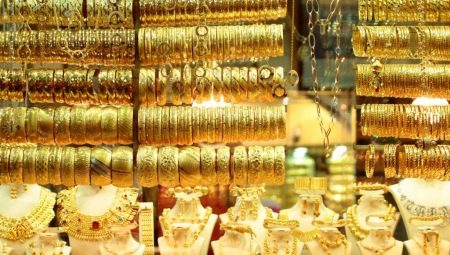Turkish gold jewelry looks bright and attractive. Moreover, their cost is lower than that of analogues. Interestingly, this is the name of gold purchased in a Turkish bazaar, and not in a jewelry store. The metal has samples with a kind of decoding. It is important to understand exactly which metals are included in the alloy, and how this gold differs from domestic.
What it is?
Turkish gold bright yellow immediately catches the eye. Quality is easiest to understand from a sample. It is the stigma that indicates the amount of precious metal in the alloy. Turkish gold corresponds to the familiar 585th test. It looks attractive and is optimal in terms of price and quality.
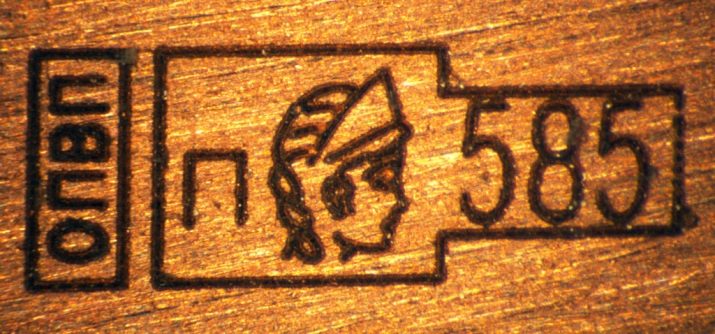
It is customary to see the stigma in the form of three numbers, but in Turkey, the test looks different. Gold quality is indicated in carats. Matching Examples:
- 24 carats - 999th test;
- 18 carats - 750th test;
- 14 carats - 586th test;
- 9 carats - 375th test.
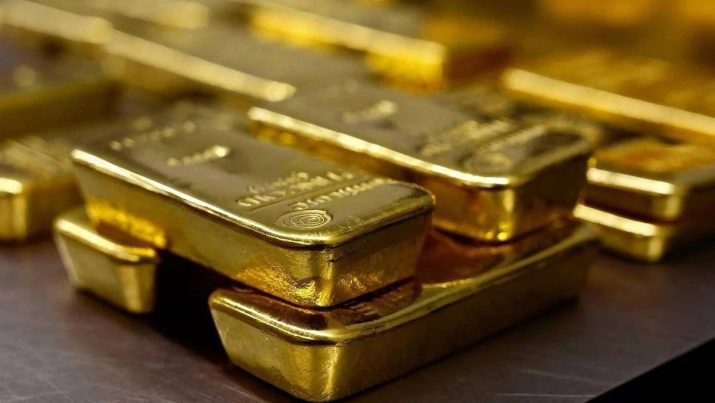
Interesting that when making a purchase in the market you can be deceived, and it’s easy. For example, on a product with a 24-carat sample, a red tint of the alloy is visible. And this already indicates a high copper content. If such gold is attributed to the appraiser, then he will quickly establish that the metal does not correspond to the 999th sample.
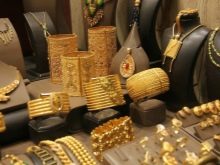
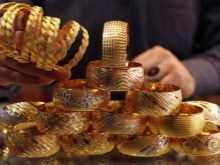

Structure
Turkish gold is yellow, red, white, pink and, in general, almost any color. It all depends on the presence of additional metals in the alloy. So, common options:
- gold and silver - "electron";
- aluminum with copper - "gold";
- a mixture of iron, chromium and nickel - "Belgian";
- platinum with many impurities - "platinum".

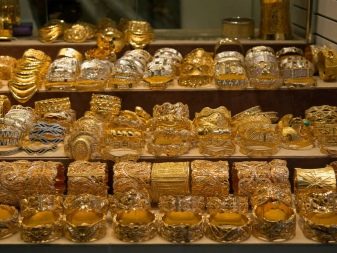
It is these alloys that can be sold as “Turkish gold”. And also silver with gilding can flicker on the shelves of bazaars. This is not to say that Turkish gold is a fake. It happens that not even any jeweler will distinguish such a product from a high-quality one.
Additionally, it is worth noting that Turkey simply does not have its own gold. The country buys it from abroad.
Really high-quality products with certificates can be purchased at Turkish jewelry stores.
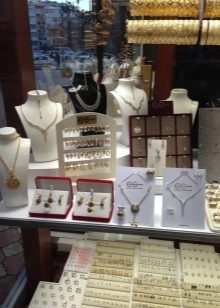

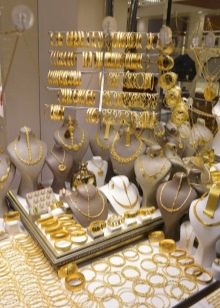
Advantages and disadvantages
Turkish gold still attracts buyers. All these ingredients in alloys determine both the pros and cons of the metal at the same time.
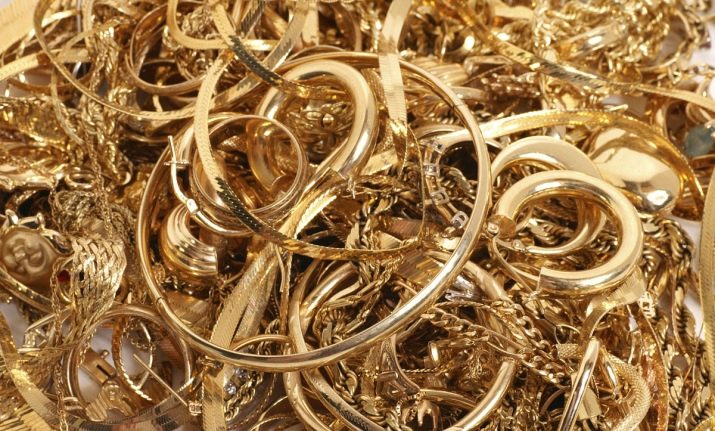
Perhaps it’s worth starting with the benefits. Metal has a really affordable cost. You can buy gifts not only to yourself, but also to relatives without a significant blow to the budget. True, much depends on quality, because good gold has a higher price.
What can not be taken away from Turkish products is an unusual design. Miraculous shapes and patterns look original and interesting. Similar can be met unless in India. Jewelers from other countries make more concise jewelry.
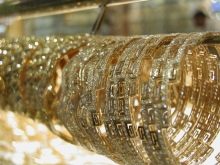
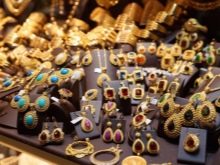

The disadvantages of Turkish gold are of poor quality. The main disadvantages:
- jewelry can cause allergic reactions, dermatitis;
- during operation, the products are oxidized, lose their original gloss and color;
- in fact, the product may not be a combination of gold, silver and copper.
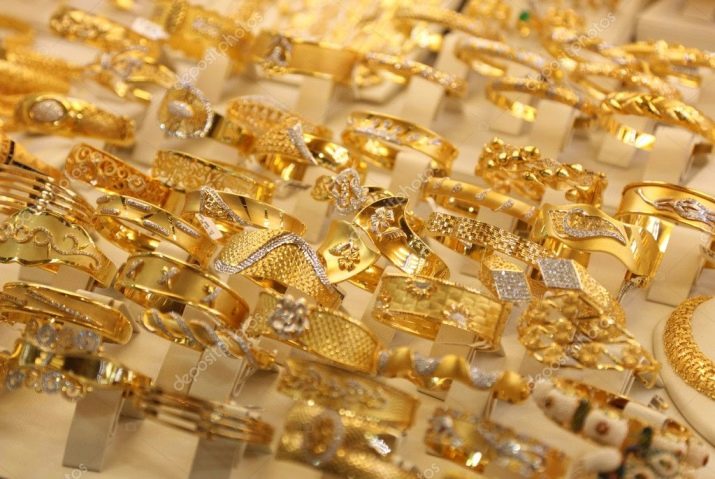
If the product gives too much red, then there is a lot of copper. It oxidizes fairly quickly due to contact with water and air. For a long time, enjoying the beauty of a product simply will not work. Over time, the decoration will turn gray, spots will appear on it.
Nickel and iron in the alloy often cause allergic reactions. A rash and itching may appear. For some people, the skin under the jewelry begins to darken. Usually this phenomenon disappears some time after the product is removed.
It should be understood that Turkish jewelers often combine materials in one product. Chains and bracelets may have pieces of cheaper silver or copper. Visually, the substitution is hidden by gilding. In this case, the decoration spoils the plots.

What is the difference from Russian gold?
Many people travel to Turkey with the hope of acquiring quality jewelry at a lower price. The desire is quite understandable. One has only to figure out what the low price is actually associated with. And for starters, it's worth clarifying the concepts.
Russian gold is a yellow metal that is mined in Russia.
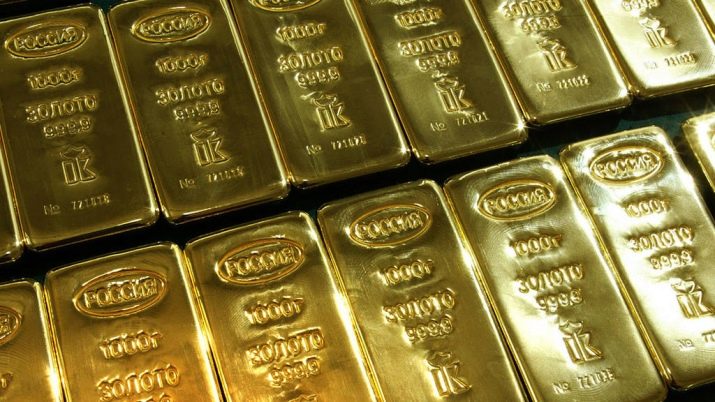
In Russia, a sample of gold varies between 0-1000. So, metal marked 999 is used in chemistry. It is too plastic for other areas. An alloy with a breakdown of 585 has 58.5% gold, the rest is additives. They are needed to improve the strength of the finished product.
The cost depends on the sample - the higher it is, the more expensive the product. Silver, copper, nickel and palladium are used as additives. The color, quality, susceptibility to oxidation and other properties of the finished product depend on the proportion of a particular material. Everything is extremely simple and clear here.
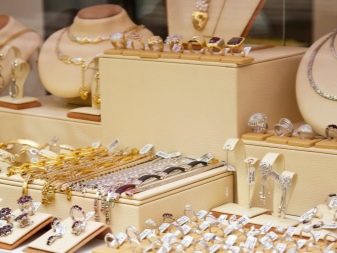
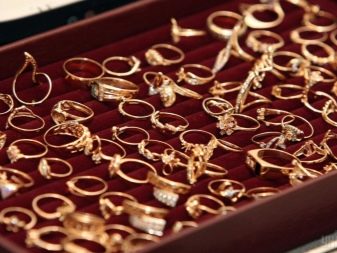
In Russia, you can buy gold products that are made according to GOST. This gives confidence in quality. Gold has a balanced composition, all additives are made in a certain amount. Jewelry can be used for long years without loss of quality.
In Turkey, as already mentioned, there is no mineral resource; it is simply not mined there. Turkish gold is usually imported. All raw materials are purchased in other countries, for example, in Germany and the USA. Yellow precious metal products are sold in Turkey. The amount of additional ingredients to the end is unknown. But it is precisely from this indicator that the quality and wear resistance of products depend.
It becomes clear that it is more reliable to buy gold jewelry in a Russian jewelry store.
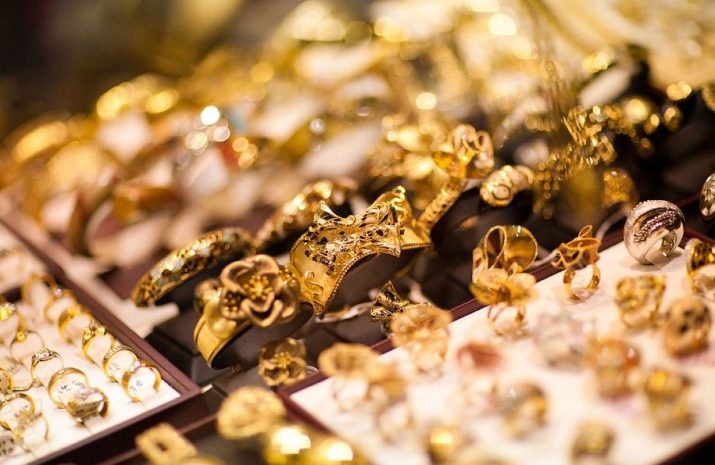
Now the fun part. Turkish gold is cheaper than Russian precisely because of the additional metals in the alloy. Moreover, to distinguish a quality product from a poor-quality product is not always visually possible.
For example, high-quality white gold contains palladium. Turkish jewelers add nickel to the alloy. Outwardly, everything looks beautiful, there is nothing to complain about. Just nickel can cause serious allergic reactions. Most jewelers in the world do not work with this metal because of the high risks. And also in Turkey, alloys of other colors are created.
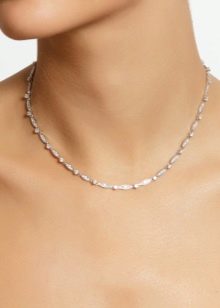
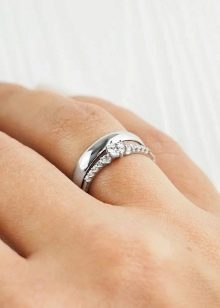
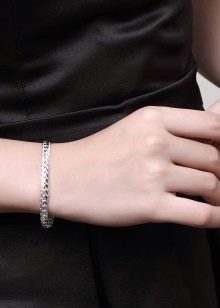
Application
Turkish gold is used in the manufacture of jewelry. Specialists create jewelry with an interesting design. Many unusual models are made in a modern style. The work of world-famous jewelers is used as examples.
Most of the jewelry is made richly and variegated. Greek and Byzantine motifs combined with precious and semiprecious stones fascinate. In fairness, it is worth noting that low-quality Turkish gold is used to make jewelry.
In its composition there are no precious metals at all.
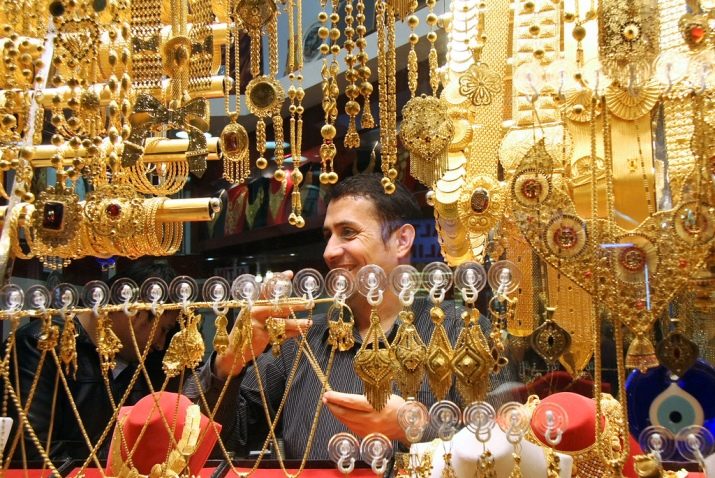
How to choose jewelry?
The Turkish market lures visitors with attractive and colorful decorations. It is difficult, but possible to find truly high-quality products among the entire variety. It’s worth buying a thing only after a thorough inspection.
- Check color uniformity. Check for physical damage.
- Take special care to inspect the chain or bracelet. All links must be well attached. If seams are visible, then the product is of poor quality.
- Better to make a purchase at the store. A large jewelry salon is not a full guarantee of quality, however, the risk is significantly reduced.
- A simple way to check quality is by sound. You should throw the jewelry on any plane and listen to the sound of the fall. Gold will hit loudly.
- Massive and large decoration simply cannot be easy. Otherwise, it is a low-quality alloy with cheap components.
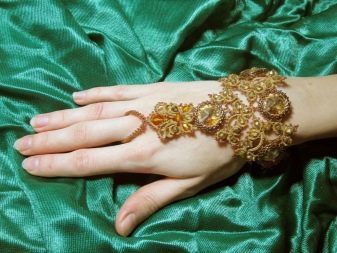
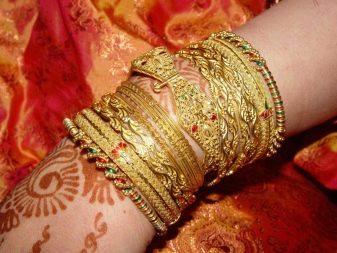
So, the decoration should be inspected, find the marking indicating carats. The magnifier will greatly simplify the procedure, so it is worth taking with you. The stigma may also stand on a fake, but this is only the first test. You can try the decoration "on the tooth." High quality gold will leave a trace, however, on soft nickel too.
A rather interesting test is carried out using uncoated ceramics. It is enough to hold it with a product with a slight pressure. If there is a yellow stripe, the decoration is good. A fake will leave a black mark.
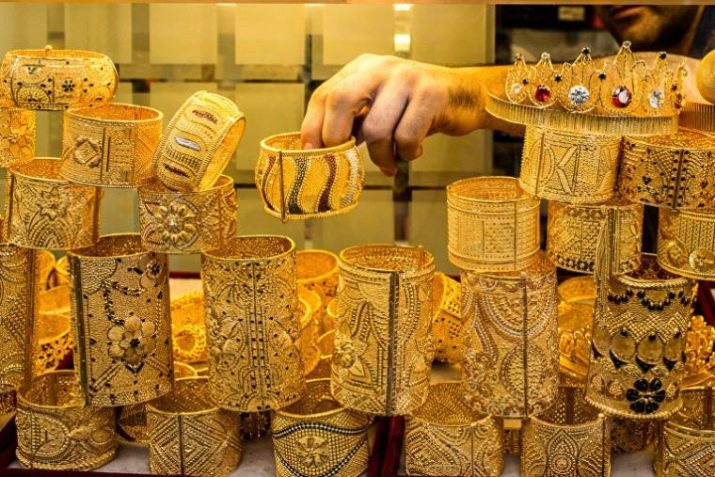
You can conduct a magnetic check. True, it will not work if a magnetically passive component is used. For the test you need a heavy and powerful magnet. Gold is never magnetized.
Such a check in the store will not work, but it is effective. You need to take a container made of metal without stains, place the jewelry inside and drop nitric acid from the pipette. If the color of the product changed to green, then in the vessel is not gold at all. This happens only with an admixture.
Acetic test takes just a couple of minutes. The liquid is poured into a bowl, the product is placed there. Real gold will not change color. Cheap alloy will darken after 120 seconds.
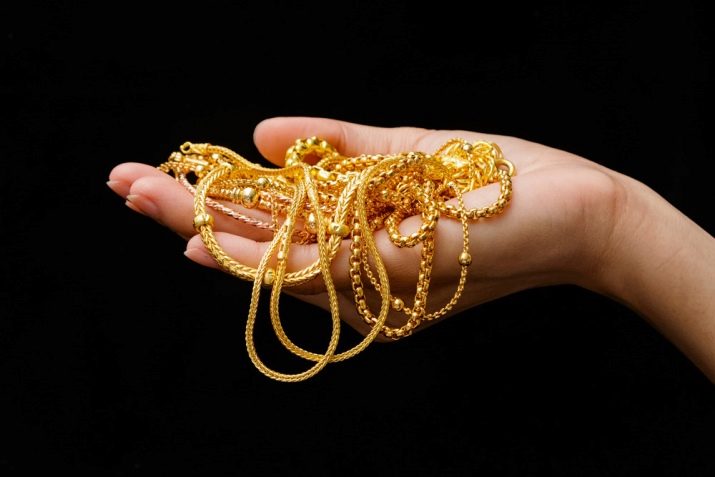
Iodine allows you to test the Turkish gold for authenticity. It is necessary to apply one drop to the inner surface. The precious metal will not change, and the fake will become dark. It is worth noting that the color of a fake can be either gray or black.
Determining gilding is usually very easy. First you need to look at all the ends for scuffs. In any inconspicuous place, you should slightly scratch the decoration. Gilding will fall off, and gold will remain unchanged. Often sellers themselves stop this check because they know about the fake.
If you drink water from a cup with copper, you can feel a metallic taste. There is no such thing from gold. And copper quite actively reacts with oxygen. The oxidation sites become dark. So you can easily distinguish a precious metal from copper.
The video below will tell you where to buy quality gold in Turkey.
